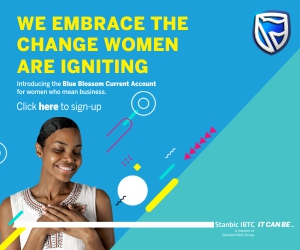GRTech
FundAnEnterprise.org officially launches in Nigeria
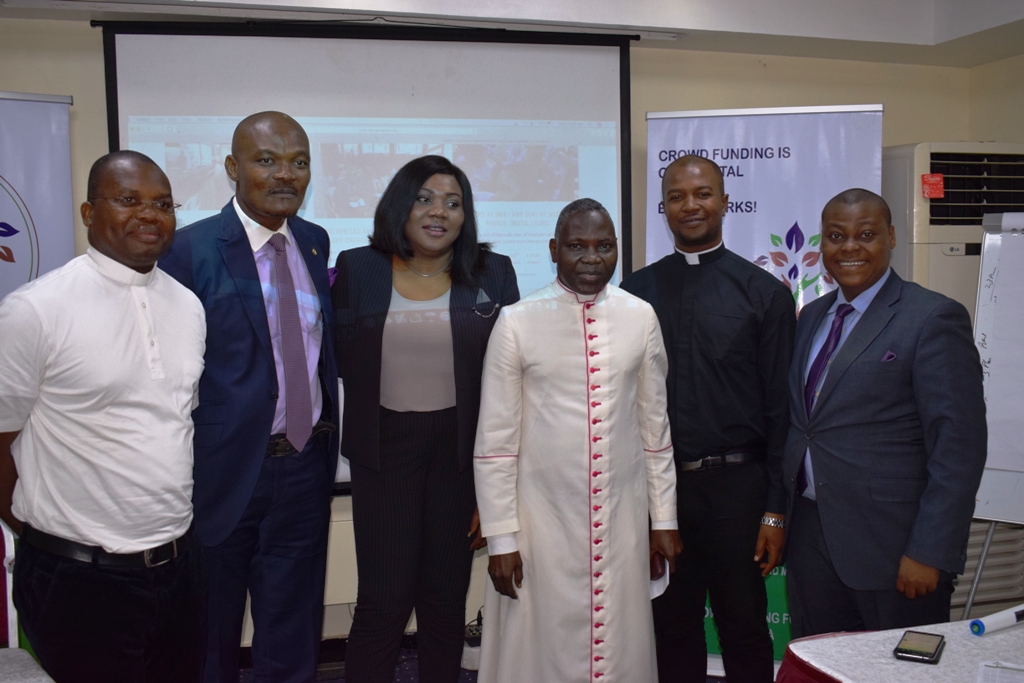

Fundanenterprise.org, Nigeria’s first donation based crowdfunding platform for supporting Medium, Small and Micro Enterprises (MSMEs) has been officially unveiled.
Crowdfunding activity is as old as mankind. However, Michael Sullivan in 2006 was credited with coning the term, with the launch of fundavlog in an attempt to raise funds to create an incubator for video blog-related projects.
Strictly speaking, the term “Crowdfunding” is the means or practice of raising funds, capital or money for a project, business or venture in small amounts from a large number of people, especially through the Internet.
Speaking at the launch of Fundanenterprise.org on Thursday, in Lagos, the Trustee, MSME Crowd Funding Foundation, the promoters of the platform, Mr. Magnus Nmonwu, described crowdfunding as an alternative means of raising money without going to the bank or financial institutions.
This means of injecting live into the operations of small businesses and the economy at large has been very successful in developed countries / continents – America, Europe Asia and so on, raising billions of pounds and Dollars.
According to an article by Chance Barnett, published in Forbes titled “Trends Show Crowdfunding to Surpass VC in 2016“, over US$34 billion was estimated to be raised from crowdfunding as against the US$30 billion from VC’s.
However, Mr. Nmonwu said there are different types of crowdfunding, ranging from Reward-based, Equity-based, Software value token-based, Debt-based, to Donation-based.
“Donation based crowd funding, is the second most commonly used type of crowd funding. Fundanenterprise.org is a donation based crowd funding platform. Kickstarter and Indiegogo are examples of other crowdfunding platforms in Europe.
“In the US, crowdfunding accounted for more than 85% of worldwide volume in 2013, while growth in Asia, specifically India has steadily improved and competing since 2010, with at least 15 crowdfunding platforms emerging on the Indian web”.
Crowdfunding in Nigeria
In Nigeria, he said, the potentials for crowdfunding are untapped, inexhaustible and yet to be fully embraced, in spite of its successes as funding alternative in other countries.
“We at MSME Crowd Funding Foundation however believe, that with huge investment in education and stronger regulations in crowdfunding activities, Nigeria would be on the path to crowdfunding revolution, like in other notable fields of the economy.
Why this is important to the economy
“It is a known fact that MSME’s are the drivers or backbones of world economies. There are about 50million+ SME’s, 100million+ internet users and 120million+ mobile phone users in Nigeria. MSME’s employ about 60million+ persons (as at January 2014), which contributed to about 48% or 38trillion of Nigerians GDP & 7% of export earnings.
“Nigeria is a country endowe with rich natural resources, but yet our economy cannot meet the basic needs of the citizens.
“According to a United Nations report, over 80 million Nigerians (out of the over 190million) live in abject poverty, despite the impressive statistics I just recounted. There is such a huge disparity between these statistics and the reality on ground”.
“Given this imbalance and our recent rating as the poorest country in world, it is high time individuals, groups (private and/or public) and government joined hands together to change the economy to work again. It is high time we began to support one another in every littlest way in order to expunge the poverty index and make our economy great”, he said.
The MSME Crowd Funding Foundation, through www.fundanenterprise.org, is here, not only to provide the much needed relief to start-ups, small and growing businesses, but to change the way Nigerians in particular and the world in general support business operations.
“Our vision is to build the biggest network of entrepreneurial hub and act as the voice needed to change the landscape (policies and regulation) and challenge the status quo in favour of MSMEs.
“Our mission through www.fundanenterprise.org to lighten the burden of doing business in Nigeria and help build, as many as possible, thriving enterprises or businesses in Nigeria and beyond. By doing these, we believe we would support jobs creation, improving the standard of living of Nigerians and improve the Nigerian economy by extension.
“This aim of the MSME Crowd Funding Foundation is executed in threefold as follows:
- Skills Training – Equipping businesses within our network with the necessary skills, to start-up and run a successful business in Nigeria.
- Crowd Funding – fundanenterprise.org is the crowd funding platform used to support businesses raise the much needed capital to start, grow or scale their businesses.
- Handholding – This is a compulsory one-year hand holding support to enterprises who are beneficiaries of grants from fundanenterprise.org. his is with the aim to provide assurance to donors that the funds are utilized for its intended purpose.
“At MSME Crowd Funding Foundation, we believe that our economy will grow or be built or sustained by entrepreneurs.
A recent publication indicates that the Dangote Group contributes about 10% of Nigerian’s GDP. Therefore an increase and aggregation of several successful enterprises in Nigeria would definitely build the Nigeria economy.
“MSMEs in Nigeria are confronted with a number of issues, which includes funding or access to funds to start or scale. www.fundanenterprise.org is a bridge to this gap and is here to serve as an alternative funding source for start-up, micro, small and medium enterprises. Crowdfunding has a huge potential in Nigeria following her large, fast growing population, widespread mobile and internet connection, strong social activities, a great network of family and friends and a booming entrepreneurial spirit.
“Therefore, MSMEs in Nigeria and initiators of creative ideas are encouraged to look at alternative sources of funding and consequently tap into the internet to solicit donations to sustain and expand their ideas.
“The Foundation has organized and completed seven skills training sessions with over 1,500 registered participants.
Target market
“Our target market are mainly startup businesses, micro, small and medium businesses who do not have what it takes to scale or start their businesses. So far, we are in the process of trying to scale up the operations of our Foundation, setup an advisory board and also raise grants from notable firms / donor funded agencies to support these businesses in our network.
Already, the platform has over 35 subscribers and an average daily statistic of about 250 views. Nigeria needs to embrace the crowdfunding phenomenon, educate the populace and ensure appropriate regulations, especially as it affects equity crowdfunding, to give MSME’s easier alternative to help boost the economy.
“It is all intended to be a communal enterprise building circle, to empower our people and build our economy. We are therefore calling on everyone out there including investors and investees who wish to make an impact in the society (no matter how small) to support us in this cause to make our economy buoyant again”, he appealed to the public.
-

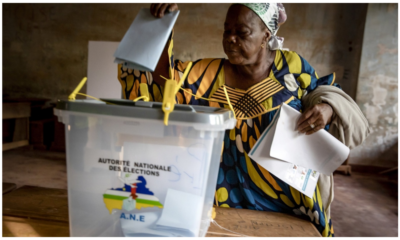

 GRPolitics4 days ago
GRPolitics4 days agoPeaceful Voting Underway in Central African Republic as 2025 General Elections Commence
-

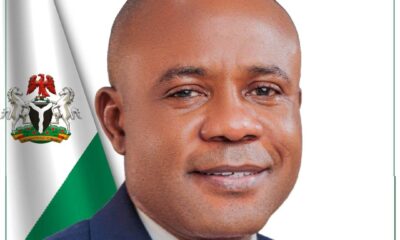

 Politics3 days ago
Politics3 days agoEnugu Group Lauds Mbah’s Superlative Performance, Pledges 2027 Support
-

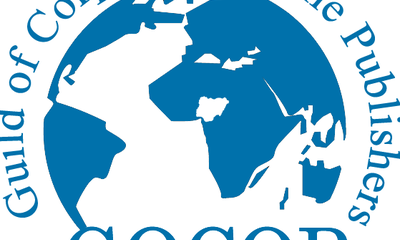

 News3 days ago
News3 days agoGOCOP Condoles With Freedom Online Publisher on Son’s Death
-

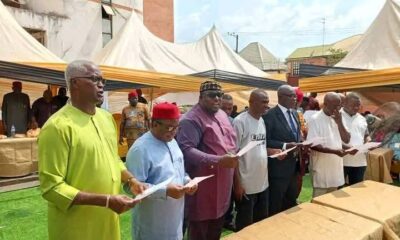

 Culture4 days ago
Culture4 days agoAwka Community Elects Fredrick Chinwuba New President General of Awka Development Union of Nigeria (ADUN)








